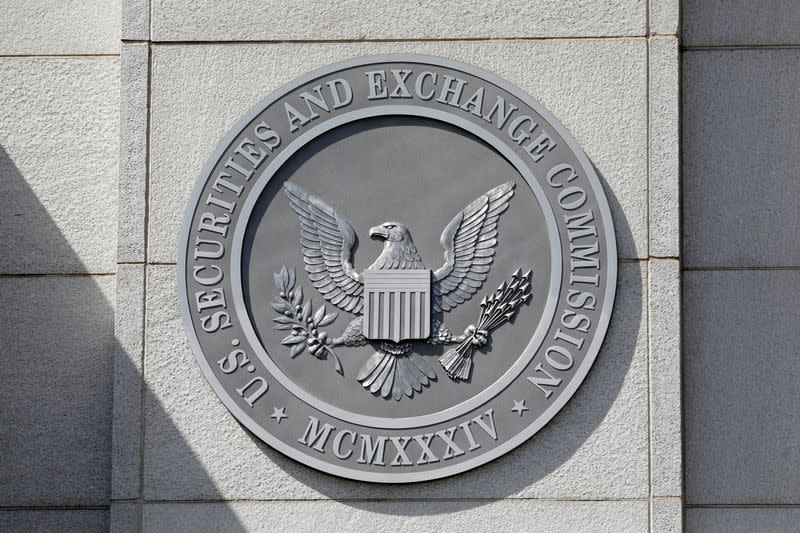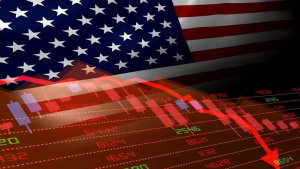The U.S. Securities and Exchange Commission (SEC) is scheduled on Wednesday to propose draft rules to boost the resilience of the $23 trillion Treasury market, the world's largest bond market which serves as a benchmark for dollar assets globally
Over the past decade, the Treasury market has suffered gyrations which have put regulators on edge. In 2014, for example, it experienced wild swings known as a "flash crash," followed in 2019 by disruptions in the Treasury repurchase agreement market.
Then as COVID-19 pandemic fears gripped investors in early March 2020, Treasury market liquidity deteriorated to 2008 crisis levels, prompting the U.S. Federal Reserve to start buying up Treasury securities.
With the Fed kicking off "quantitative tightening" in June, allowing Treasuries to reach maturity without buying more, the market has experienced more price swings, Reuters reported last month. Regulatory experts have warned the market remains vulnerable to further dysfunction.
While the issues are complex, there is one chief problem that regulators broadly agree on: the rapid growth of the Treasury market in recent years has outstripped the capacity of dealers, the traditional suppliers of liquidity, to meet liquidity demands during times of market stress.
In addition, the market has seen increased participation by high-frequency trading firms which are subject to less oversight than dealers and do not report their Treasury trades, SEC Chair Gary Gensler has noted.
Next week it is scheduled to propose rules that aim to increase central clearing of the Treasury market.
Central clearing involves sending trades to a clearing house, which demands both counterparties put up cash to guarantee the trade's execution in the event either defaults.
Overall, just 13% of cash transactions are centrally cleared, according to estimates in a 2021 Treasury report.
Gensler has advocated for expanding centralized clearing of Treasuries on the basis it increases resilience by bringing additional capital into the market during times of stress.









